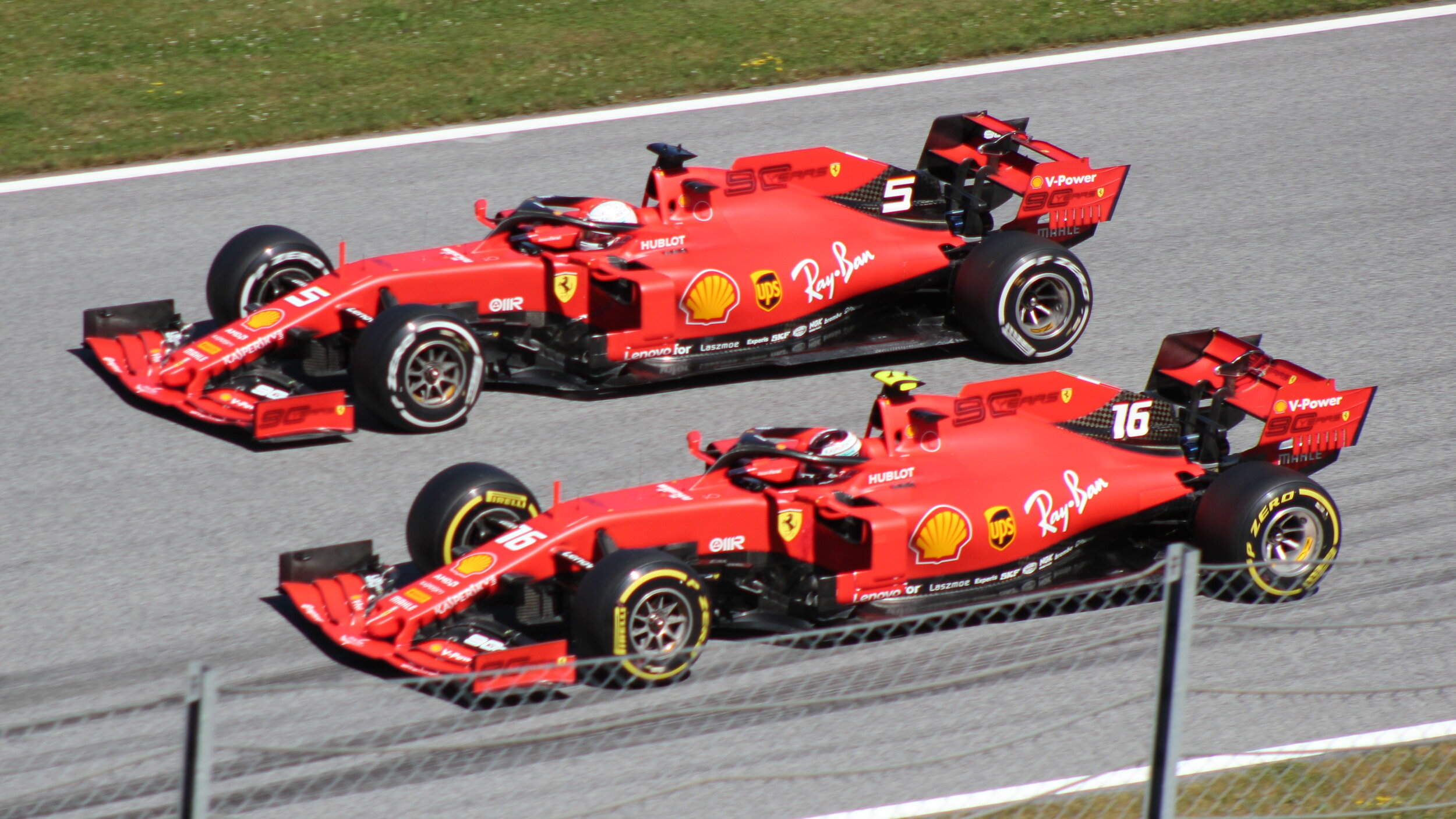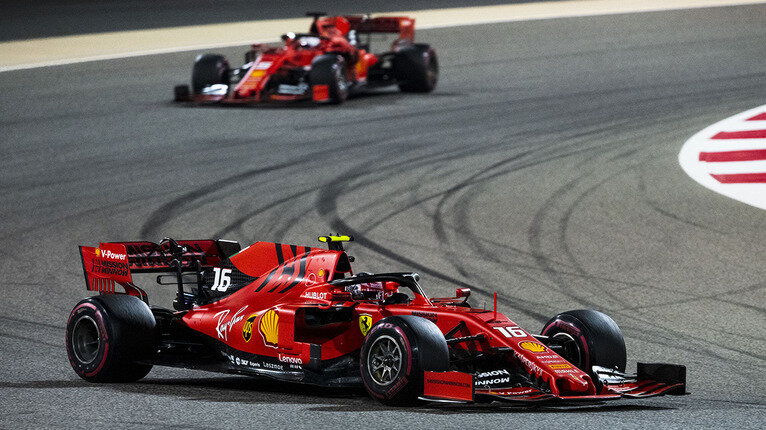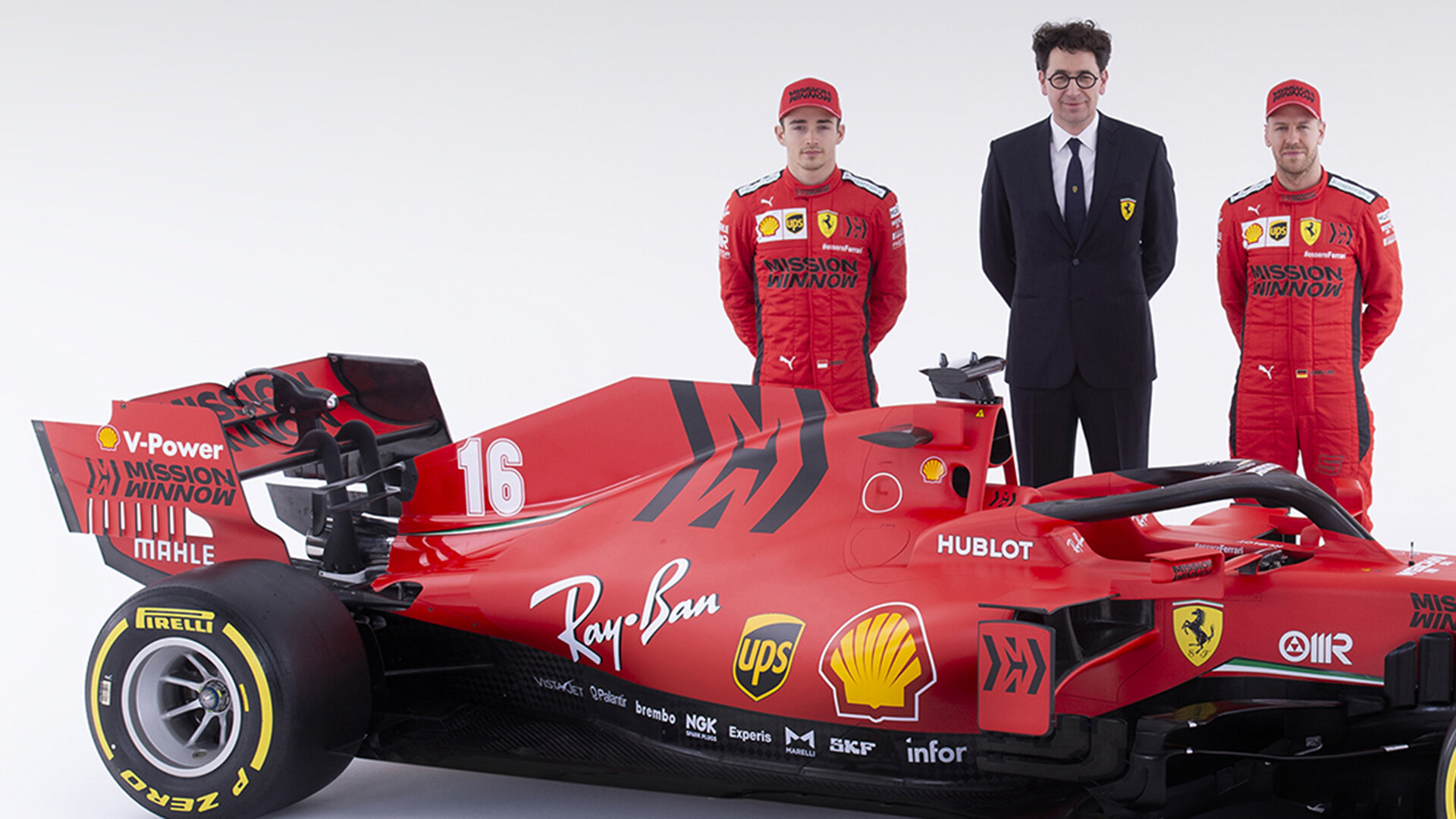Words by Konstantinos Trochalidis
The 2019 season was characterized as a complete failure for Ferrari who saw their rivals Mercedes get eight consecutive wins at the start of the championship, with the Italian team managing an astonishing zero victories in the first twelve races (ten for Mercedes and two for Red-Bull). The second round was more promising with three wins and six pole positions, in what was a positive change of pace for the Prancing Horse. Despite those glimpses of hope though the 2019 season was a rather boring one as far as championship battles go. Most Ferrari fans want to forget 2019 as fast as possible but I was thinking the other day that maybe the Italian manufacturer could have challenged Mercedes for both championships and maybe even top the Germans, if it weren’t for mistakes that most of the times were avoidable, mistakes that shouldn’t be repeated. Allow me to explain.
Going back to February 2019, the car looked blisteringly quick and the success of the Vettel-Leclerc duo was something unexpected. They’re both strong personalities with the driving skills to back it up, even though that’s rarely a recipe that works well in the long run, as Hamilton-Alonso and Senna-Prost have proved in the past. Nevertheless, fans were very hopeful especially during winter testing, where Ferrari was two seconds ahead of the Silver Arrows. Even Lewis Hamilton himself was worried, with Mercedes boss Toto Wolff saying that they had a fight on their hands heading into the 2019 season.
Charles Leclerc during testing
In the Australian Grand Prix though everything went up in the air as one surprise came after the other. To start, Valtteri Bottas’ pace sparked talks about a new championship contender, while at the same time a former championship hopeful, Daniel Ricciardo got off to a rather questionable start in his new car. By far the weirdest surprise though was Ferrari’s pace or lack thereof, to be precise. Suddenly, things were not looking as bright as they did during testing for the Prancing Horse.
Initial disappointment didn’t last long though, and it was down to two reasons. The first was the ‘’it was only the first race’’ excuse and the second was the Bahrain Grand Prix, during which Ferrari looked strong throughout practice and qualifying, even giving Leclerc his maiden pole position. Bad communication though between Leclerc, the team and Vettel, created a triangle of doom that handed Mercedes a 1-2 finish, with Hamilton taking the win, while Ferrari had to make do with third for Leclerc and fifth for Vettel, who was running in front of Hamilton but spun, flat spotting his tires and damaging his front wing, marking a second frustrating and some might say poor showing by Ferrari, to which Leclerc’s engine problems didn’t do much to help.
Ferrari though could have won that race, and even have both drivers on the podium. See while Leclerc was faster than Vettel, the latter could have stayed in front of Hamilton and everyone for that matter, had he been more concentrated. Another thing that could have been avoided was Leclerc’s engine issues, which the Monegasque could have done without if he had dialled down instead of pushing hard in every lap. Maybe his lack of experience and the excitement of a maiden victory got the better of him, but at the end of the day those, perhaps preventable, errors cost Ferrari a double podium finish.
Not an ideal finish…
Next up, the Canadian Grand Prix and a race considered by some to have been raced by politics and not cars . Again, Ferrari looked rather strong, with 4-time World Champion Sebastian Vettel being the favourite to win the race, after securing pole position in what can only be considered a long time, with the former champion feeling confident in the car and his abilities. The race was rather predictable with Mercedes having better pace on paper but that wasn’t enough to hinder Vettel’s excellent driving… until the inevitable happened. Vettel was on the radio talking when we went off at turn 3 (not even funny anymore…) but was able to return to the track and keep the lead. Race officials had other ideas however, handing him a 5 second-time penalty, resulting in yet another Hamilton win. The validity of the penalty was debated however, and while many drivers took Vettel’s side on the argument, at the end of the day Ferrari managed a good finish, as Leclerc finished the race in third. Not the perfect result by any stretch but definitely a sign of improvement.
A couple of Grand Prix later, and this time it’s the Austrian GP where Ferrari was looking for a victory, with Mercedes struggling with overheating problems. Qualifying was looking good for the Italians and everything was pointing towards a front-row lockout until Vettel’s car decided to go all Italian. In Q3, the former champion didn’t set a time meaning that he would start the race from a measly 10th position. Leclerc though proved his worth, securing yet another pole position. Despite the setbacks during qualifying, Vettel drove exceptionally, overtaking Hamilton on track during the second half of the race and by the last lap, he was only a few tenths behind Bottas’ Silver Arrow and a podium finish. Leclerc was out in front enjoying a comfortable lead… until Max Verstappen proved that his Red Bull might have wings after all, snatching the lead and securing Red Bull’s first victory for 2019. Leclerc you ask? Well, second place wasn’t a bad finish but a victory was definitely a possibility.
Charles Leclerc after securing pole position in the Austrian GP
The problems in Austria were preventable (again). First of all, engine problems can always happen but it’s best to keep them at a minimum, and considering Ferrari is a front running team they should be few and very far between at best. Had Vettel participated in Q3, he could have gotten pole or at least a respectable starting position and had he driven the way he did, a podium or maybe even a win was possible. Also Leclerc’s lack of experience played a role here again, as he shouldn’t have allowed Verstappen to overtake.
After a pretty mediocre British GP, the German GP filled Ferrari fans with hope (we’ve seen that again). Both drivers looked quick and again they were the favourites for the win. However, Ferrari’s engine problems struck again, first with Vettel then with Leclerc, during Q1 and Q3 respectively. Even though Ferrari started 10th and 20th, the rain that day meant that everything was possible. The race proved chaotic, with Mercedes showing cracks in its armour for the very first time. Leclerc was going for the win... when the car decided it wanted to aquaplane, leaving Sebastian Vettel to bring home second place for the team, showing that the car was actually capable of a win. As far as Leclerc goes, again mistakes could have been prevented.
Another win for Verstappen, another “okay” finish for the Prancing Horse
After the summer break was over, Ferrari showed true pace, especially with Leclerc who showed that he is indeed a future world-champion on several occasions, setting six out of nine poles and securing three wins. Let’s talk about those three poles that weren’t converted to wins though, starting with the Russian GP. A Ferrari 1-3 in Q3 was in many ways better than a front-row lockout due to the very long run down to turn 1. Mattia Binotto utilized both cars’ starting position to his advantage and by the time they reached turn 1, Vettel was leading Leclerc, while Hamilton was further back fighting with the McLaren of Carlos Sainz. Engine problems though again proved to be a deciding factor, which lead to a Mercedes 1-2… again.
As far as Japan’s results go they were also down to driver error on the part of Vettel, who despite having a bad start managed second place, even though at this stage everyone had lost interest in the season, as Mercedes’ domination for yet another year was more than visible.
Can Ferrari attack in 2020?
Overall, if Ferrari had converted their poles into wins they would have had 9 more wins during the season, which would have made for a more dramatic outcome. Still, if the team can learn from its mistakes, which aren’t characteristic of a front running team too, we can definitely expect to see a more interesting 2020 (part of it anyway) and 2021. season.







